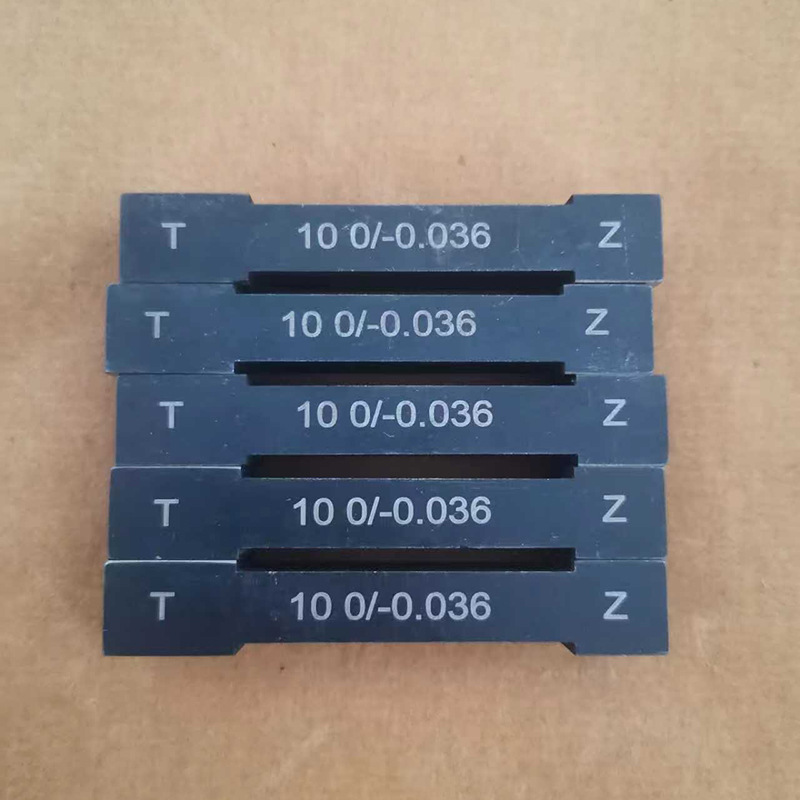Қар . 08, 2024 04:29 Back to list
Threaded Ball Check Valve for Reliable Fluid Control and Flow Management
Understanding the Threaded Ball Check Valve
In the realm of fluid control systems, valves play a critical role in maintaining flow and ensuring system integrity. Among the various types of valves available, the threaded ball check valve stands out for its unique design and functionality. This article delves into what threaded ball check valves are, how they work, their applications, and the advantages they offer.
What is a Threaded Ball Check Valve?
A threaded ball check valve is a type of valve that allows fluid (liquid or gas) to flow through it in one direction only. It utilizes a spherical closure element—the ball—to prevent backflow, making it an essential component in many plumbing and industrial applications. The threaded design ensures easy installation and removal, enabling maintenance or replacement without the need for specialized tools.
How Does It Work?
The operation of a threaded ball check valve relies on the movement of its ball element. When the fluid flows in the intended direction, it pushes the ball away from its seat, allowing fluid to pass through. However, if the flow attempts to reverse, the ball is forced back against the seat, effectively sealing the valve and preventing any backflow. This automatic operation means that threaded ball check valves do not require external power sources or manual intervention.
Applications
Threaded ball check valves are commonly used in various industries and applications, including
1. Water and Wastewater Management They prevent backflow in pipelines, which is crucial in municipal water systems and treatment facilities to maintain water quality.
2. Industrial Processes In manufacturing and chemical processing, these valves are vital for protecting equipment and ensuring the safe handling of fluids.
threaded ball check valve

3. HVAC Systems They help maintain proper flow rates in heating, ventilation, and air conditioning systems, preventing potential damage due to backflow.
4. Irrigation In agricultural settings, threaded ball check valves are used to control water flow in irrigation systems, preventing contamination of freshwater sources.
Advantages of Threaded Ball Check Valves
1. Simplicity The straightforward design makes these valves easy to understand and operate. There are no complicated moving parts, which reduces the risk of failure.
2. Reliability With their robust construction and effective sealing capability, threaded ball check valves provide reliable performance over time. They are less prone to leakage compared to other types of check valves.
3. Low Maintenance These valves require minimal maintenance, as they do not have complex components that can wear out quickly. Regular inspections and cleaning are typically sufficient to ensure their functionality.
4. Versatility Threaded ball check valves can handle a variety of fluids, including corrosive substances, depending on the material of construction. This versatility enables their use in numerous applications across different industries.
5. Ease of Installation The threaded design allows for quick and straightforward installation, as they can easily screw into existing pipeline systems. This feature is particularly advantageous for retrofitting operations or routine maintenance.
Conclusion
In conclusion, threaded ball check valves are an essential component in the arsenal of fluid control solutions. Their simplicity, reliability, and ease of maintenance make them ideal for various applications, from municipal water systems to industrial processes. By understanding their function and benefits, engineers and technicians can make informed decisions regarding fluid management in their systems, ensuring efficiency and safety. As industries continue to evolve, the demand for reliable and effective valves, such as the threaded ball check valve, will undoubtedly remain strong, highlighting their importance in modern engineering solutions.
-
Why Metric Trapezoidal Thread is Ideal for Precision Motion ControlNewsAug.05,2025
-
The Unique Properties of a Block of Granite for Industrial UseNewsAug.05,2025
-
The Role of Flanged Y Strainers in Preventing Pipeline ClogsNewsAug.05,2025
-
The Importance of Regular Calibration for Master Ring GagesNewsAug.05,2025
-
How a Cast Iron Surface Table Enhances Accuracy in ManufacturingNewsAug.05,2025
-
Comparing Different Check Valve Types for Optimal Flow ControlNewsAug.05,2025
Related PRODUCTS









